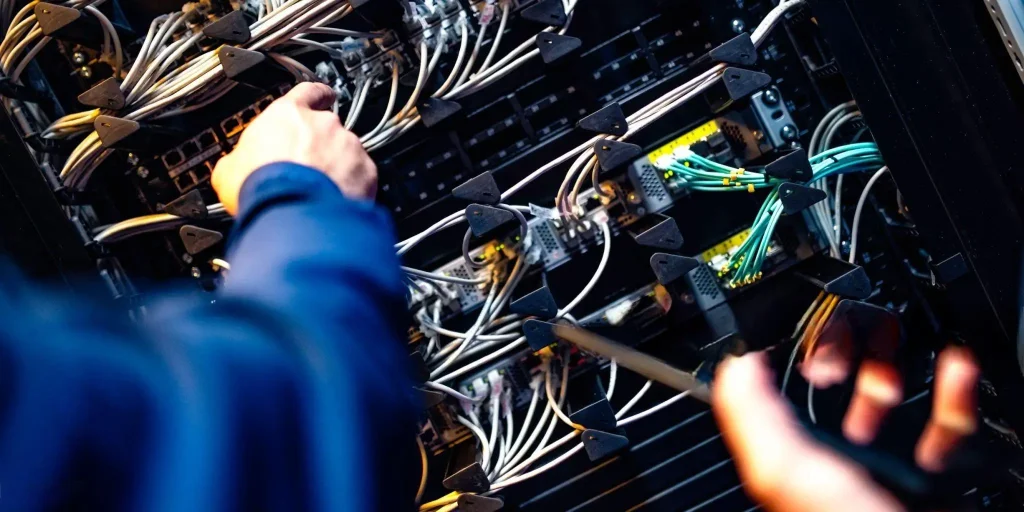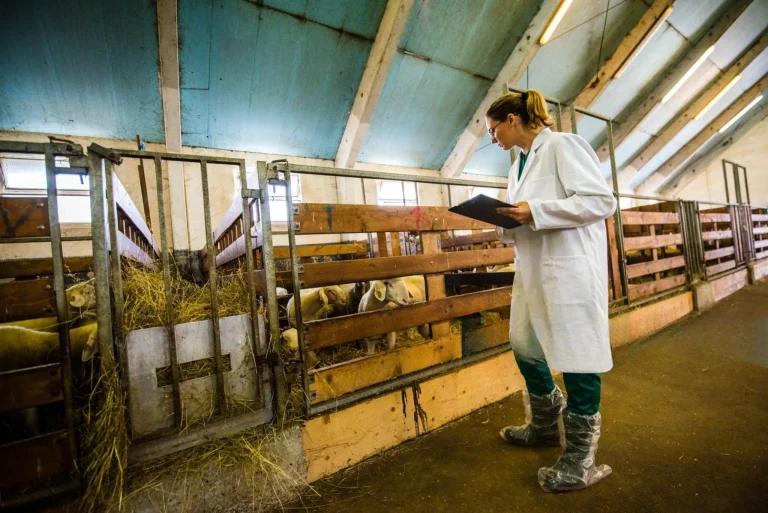Overview
Serial servers play a crucial role in industrial automation and remote control by connecting devices to networks. However, users may occasionally encounter issues during usage. This article outlines common problems with Valtoris Serial Servers and provides troubleshooting steps to resolve them, ensuring the reliable operation of your devices.
Related Product: 4CH-RS232/485/422-ETH

1. Common Issues and Troubleshooting Methods
Issue 1: Unable to Connect Serial Devices to the Network
Symptoms: The serial devices fail to connect to the network through the Valtoris Serial Server, leading to communication failure.
Troubleshooting Steps:
- Check Network Settings: Ensure the IP address, gateway, and subnet mask settings of the server are correctly configured.
- Verify Physical Connection: Check the physical connection between the serial server and the network (such as the RJ45 interface).
- Test Network Connectivity: Use the ping command to test the connectivity between the serial server and other devices (e.g., a PC or gateway). If there’s no response, check the switch and router configurations.
- Restart Devices: Sometimes, simply rebooting both the serial server and the network devices can resolve the issue.
Solution:
- If the configuration is correct and the device is not damaged, check for any network latency or packet loss, which may require network optimization.
- Ensure the serial server firmware is up-to-date. Updating the firmware can often resolve known connectivity issues.
Issue 2: Data Loss or Delay in Transmission
Symptoms: During data transfer, packet loss or significant delays occur, resulting in incomplete or delayed information transmission.
Troubleshooting Steps:
- Check Baud Rate and Serial Settings: Ensure the baud rate, data bits, stop bits, and parity settings are consistent. Mismatched settings may cause unstable data transmission.
- Use High-Quality Transmission Medium: If long-distance serial connections are used, ensure the RS485 cables are of high quality and conform to the required standards to prevent signal degradation.
Solution:
- Ensure that the cable and connectors meet the necessary standards for long-distance communication.
- Consider adjusting the baud rate or employing a more stable network infrastructure if delays persist.
Issue 3: Unable to Communicate with Devices Remotely
Symptoms: Remote communication between the serial devices and the monitoring system fails, even though the devices are connected to the network.
Troubleshooting Steps:
- Check Domain Name System (DNS) Configuration: Ensure that DNS settings are correctly configured for remote access. If using dynamic DNS (DDNS), verify the server’s settings.
- Verify Remote Configuration Access: Double-check that remote configuration parameters (such as IP address, serial settings, and device name) are properly set, and that the Vircom software is correctly installed and configured for remote serial port binding.
- Test Internet Connectivity: Use a local computer to ensure internet connectivity to the server. Check if the serial server can establish a remote connection via the public network.
Solution:
- If the connection is unstable, consult with Valtoris engineers for detailed troubleshooting steps, especially for internet-based monitoring setups.
- Ensure that the Realcom protocol is being used to support network recovery mechanisms in case of disconnections.
Issue 4: Serial Server Fails to Automatically Detect Serial Parameters
Symptoms: The serial server does not automatically recognize the correct serial parameters (such as baud rate, parity, etc.), causing communication issues.
Troubleshooting Steps:
- Enable On-the-Fly Technology: Ensure that Valtoris Vircom software’s On-the-Fly technology is enabled. This feature allows the server to automatically detect serial parameters without the need for manual configuration.
- Manual Configuration: If On-the-Fly does not work, manually set the baud rate, parity, and stop bits on the serial server through the configuration interface.
- Test with Different Devices: Try connecting the serial server to different devices to confirm whether the issue lies with the server or the connected device.
Solution:
- If automatic detection fails, manual configuration may be required. Check the user manual for detailed steps on configuring serial parameters.
- Ensure that your serial devices support the settings configured on the server.

2. Conclusion
The Valtoris Serial Server offers high-performance remote control and network communication features, making it an ideal choice for industrial automation and remote monitoring systems. By following the troubleshooting steps outlined above, you can resolve common issues related to network connectivity, data transmission, and remote management.
Regular maintenance and updates to both hardware and software ensure smooth operation, allowing you to maximize the reliability and efficiency of your communication system.




